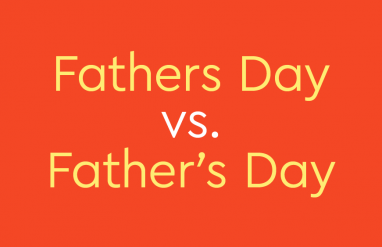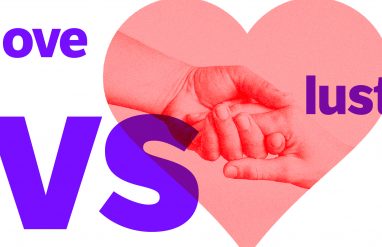⚡ Quick summary
Nice and kind are often used interchangeably to describe a friendly person. Nice typically describes a person who is pleasant or polite to others, while kind typically describes someone who performs good acts for others.
The words nice and kind are two words we commonly use to describe good people that we like to be around. But are they synonyms, or do they mean different things?
In this article, we will define nice and kind, explain how they are used differently, and provide examples of what we typically mean when we say that someone is being nice or being kind.
kind vs. nice
The words nice and kind are often both used to generally describe a good, friendly person who treats others well. This is likely because a person is often being kind and nice at the same time when they are acting like a good person. However, there is a difference between what nice and kind typically mean.
The word nice typically means a person is pleasant to be around and has good manners. A nice person is cheerful and well-mannered and says friendly things to others. Sometimes, the word nice is also used more generally to say that someone is harmless or average.
The word kind typically means a person has a giving nature and often does good deeds for others. A kind person is charitable, helpful, and eager to assist other people who are in need.
Niceness, then, is often expressed through words or gestures, while kindness is often expressed through acts. Thinking about it this way, you can see that it is possible to be nice without being kind or to be kind without being nice.
For example, a person could smile and act polite (which is nice) while tearing up another person’s mail (which is not a kind thing to do). As another example, a person could help someone fix their broken car (which is a kind thing to do) while insulting them and being very rude about it (which is not a nice thing to do).
As one last example, telling someone a hard truth they don’t want to hear can be the kind thing to do (because it will be better for them in the long term), but it is often not a nice thing to do (because it will cause them pain in the short term).
Examples of being kind vs. being nice
To finish, let’s look at some examples that show what it typically means to be kind and what it means to be nice.
Being kind:
- Donating money to charity
- Helping someone who is lost find their way
- Picking up litter
- Adopting abandoned animals
Being nice:
- Giving people compliments
- Smiling at strangers
- Admitting something is your fault and apologizing for it
- Having pleasant conversations with friends














